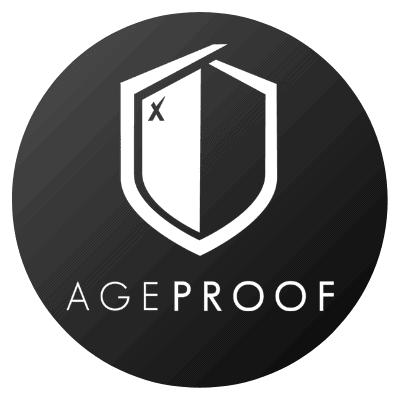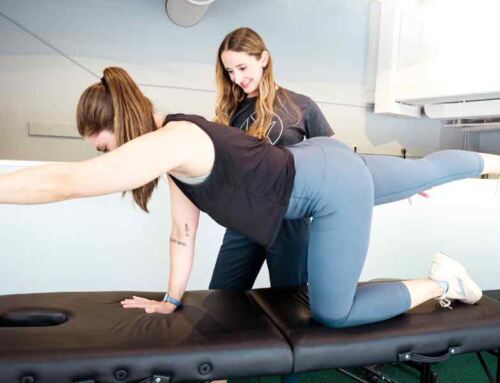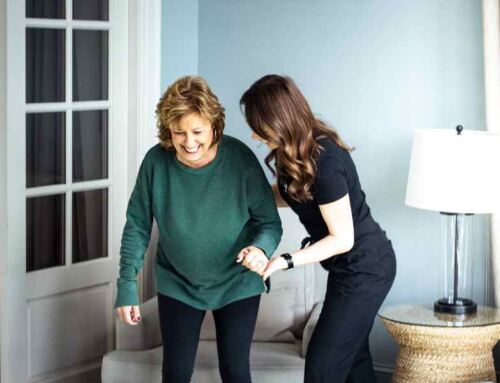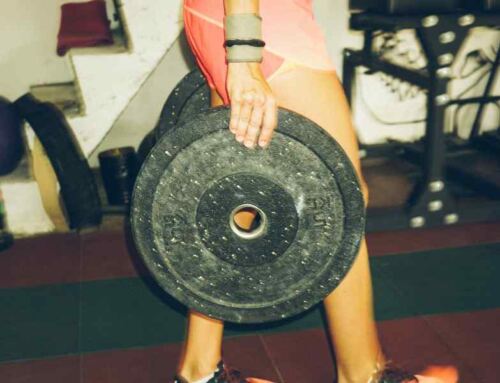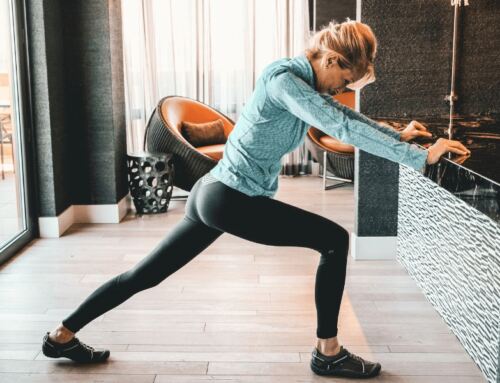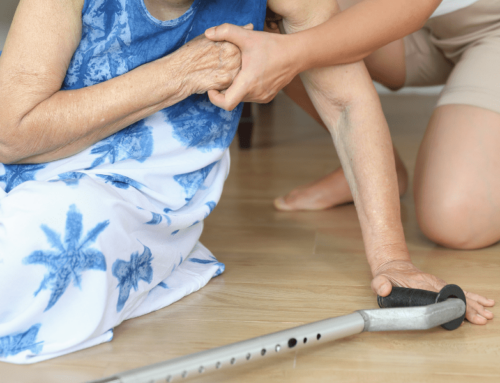
Three Variations of the Squat Exercise For Older Adults
Standing up and down from a chair, aka ‘squatting,’ is one of the most functional exercises our bodies perform on a day-to-day basis. This is an important movement to learn with great quality, strength, endurance, and power, as it is so critical to our lives in the short and long term.
“The ability to perform the sit-to-stand [squat] movement is important to maintain physical independence and may be one of the most important functional measures of physical capacity.” (1)
“The ability to stand up and sit down in a chair 37 times in 60 seconds–or 35 times for women–makes it extremely likely that a 53-year-old will still be healthy 13 years later.” (2)
At MovementX, we believe that no matter your age or ability level, the healthier your body can move, the more fully you can live your best life. That’s why our team of specialized physical therapists and personal trainers put together this list of the 3 best variations of the squat exercise so that all older adults can practice and perfect their squat.
The key to success here? Well, it’s the same thing we teach in AgeProof Your Body (a specialized online exercise community for people over 60 years of age)—find the right challenge for you. On a rough subjective scale from ‘very easy’ to ‘very difficult,’ the variation/level you choose should be ‘somewhat difficult.’ The goal is to complete about 20 repetitions of that exercise level with good form and full range of motion. If it’s too easy, try adding resistance in the form of dumbbells or heavy grocery bags, going either faster or slower, or bumping up to the next level. If it’s too tough, go down a level and work your way back up with practice.
Our final disclaimer is to warm up appropriately by walking, marching in place, or stair climbing, and of course, ensure a safe exercise environment around you. With that said, let’s start moving!
Level 1: The Mini Squat



Setup: Start by facing a countertop or something to place your hands on if you need it for support. Stand with your feet about shoulder width apart.
Movement: Slowly bend your knees and sit your hips backwards, as if you’re going to sit down in a chair. Straighten your legs and stand back up.
What you should feel: The muscles in your legs (quadriceps, gluteals, hamstrings) working.
What you should not feel: Knee or lower back pain/discomfort.
Pro Tips: To start, keep the squats shallow, and as you get more comfortable work on increasing your depth. This is also a good one to add load, such as dumbbells.
Progression criteria to the next level of difficulty: When you can complete 20 repetitions without pain or fatigue, add load or progress to the next level.
Level 2: The Sit to Stand



Setup: Start by standing just in front of a stable chair of average height, feet about shoulder width apart.
Movement: Lean your trunk forward by hinging at the hips to bring your nose over your toes, and slowly sit down into the chair. Make sure you are at the front edge of the chair, lean forward, and stand back up. Keep your knees in line with your feet.
What you should feel: The muscles in your legs (quadriceps, gluteals, hamstrings) working.
What you should not feel: Knee or lower back pain/discomfort.
Pro Tips: If too difficult, start by using your arms to assist you in standing, and when 10 repetitions feel easy progress to one arm, then sit to stand with your legs only.
Progression criteria to next level of difficulty: When you can complete 20 repetitions, slowly, without pain or fatigue, add load or progress to the next level.
Level 3: The Air Squat



Setup: Find a stance with your feet just about shoulder width apart or slightly wider.
Movement: Start to sit backwards as if a chair is behind you. Keep your chest high, head up, keeping your knees behind your toes. Have a strong core (pull belly button in) to protect your back, breathe in on the way down, force breath out on the way up! Hands out as a counter-balance if needed.
What you should feel: Engagement of your glutes (buttocks), quads (front of thigh), hamstrings (back of thighs), and core!
What you should not feel: Pain in your lower back, hips, knees, or ankles.
Pro Tips: We love to load this squat! The goblet squat is one of our favorites. Just grab a kettlebell or dumbbell and hold it at your chest! Pretend it’s your child or grandchild ;-) See pictures on the next page!
Special Squat Variations


The Supported Squat: Utilize this variation to work on controlling your full depth! Simply hold on to a stable object, like a countertop or chair, and slowly go all the way down. Minimize the use of your hands to improve.


The Dumbbell Squat: Dumbbells are an easy way to load the squat. Hold it at your chest (pictured here) to do the goblet squat or hold one in each hand. Loading can be done at any level.


The Loaded Squat: No dumbbells? No problem! Use a household item, like this purse, and hold it at your chest. This can be done for any of the levels.
Summary
If you consistently practice any of these squat variations, you will get stronger. With more strength in your legs, hips, and back, better movement will help you live your best life.
Interested in learning more movement foundation exercises? Click here to check out two other healthy movements to gain foundational strength.
Want to join AgeProof Your Body—a specialized online exercise community for anyone 60+ who wants to stay healthy, active, and strong? Click here and use code MXFAMILY to get your first month of virtual exercise classes free.
Have questions about pain during one of these movements? Felt soreness in an area you didn’t expect? Interested in scheduling a physical therapy consultation? Our team of specialists is here to help. Request a session with one of our doctors of physical therapy today.
References
1 – Erick K. McCarthy, Michael A. Horvat, Philip A. Holtsberg, Joseph M. Wisenbaker, Repeated Chair Stands as a Measure of Lower Limb Strength in Sexagenarian Women, The Journals of Gerontology: Series A, Volume 59, Issue 11, November 2004, Pages 1207–1212, https://doi.org/10.1093/gerona/59.11.1207
2 – Springer, Barbara & Marin, Raul & Cyhan, Tamara & Roberts, Holly & Gill, Norman. (2007). Normative Values for the Unipedal Stance Test with Eyes Open and Closed. Journal of geriatric physical therapy (2001). 30. 8-15. 10.1519/00139143-200704000-00003.
About AgeProof Your Body
AgeProof Your Body is a specialized online exercise community for anyone 60+ who wants to stay healthy, active, and strong from the safety of home. Designed and lead by the trusted physical therapists at MovementX, this virtual community exists to help you gain strength, improve balance and flexibility, and ensure you can move your best and live your best—regardless of age.


